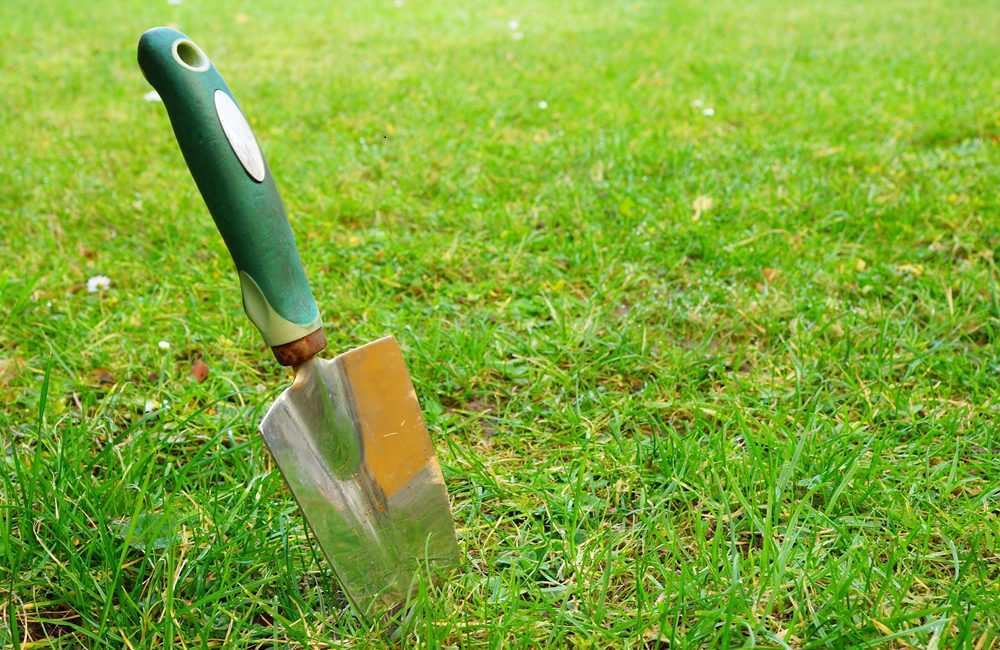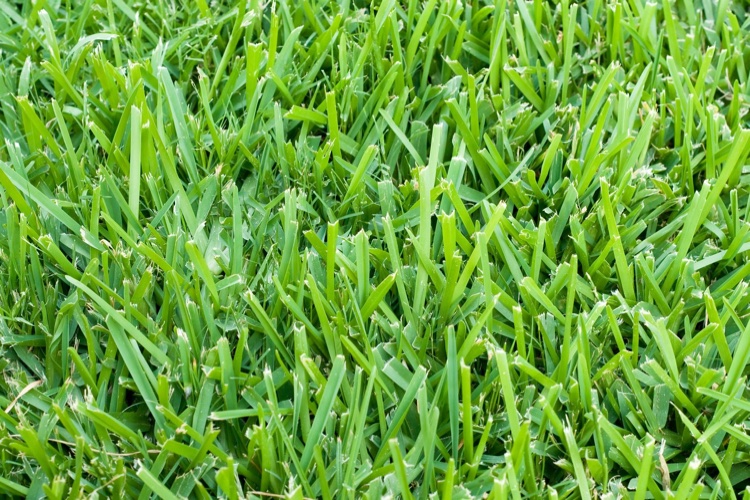How to Grow Thick, Lush Grass in High-Traffic Areas
By Innovation Grounds
Maintaining a beautiful, lush lawn is a dream for many homeowners—but keeping your grass thick and healthy in high-traffic areas can be a real challenge. Whether it’s a well-worn path through the backyard, a dog run, or an active play zone, foot traffic compacts soil and wears down grass, leaving bare or muddy patches behind.
Fortunately, with the right techniques, products, and care, you can grow a thick, resilient lawn even in these tough spots. This guide walks you through the best grass types, soil preparation, repair methods, and ongoing maintenance tips to help you achieve a vibrant, green lawn that holds up to heavy use.
Why High-Traffic Areas Suffer
The main reason grass struggles in high-traffic zones is soil compaction. When the soil is compressed by frequent footsteps or heavy equipment, air and water can’t penetrate properly. This stresses grassroots and limits their growth. Combine this with poor drainage and worn seed, and you’ve got a recipe for patchy, unhealthy turf.
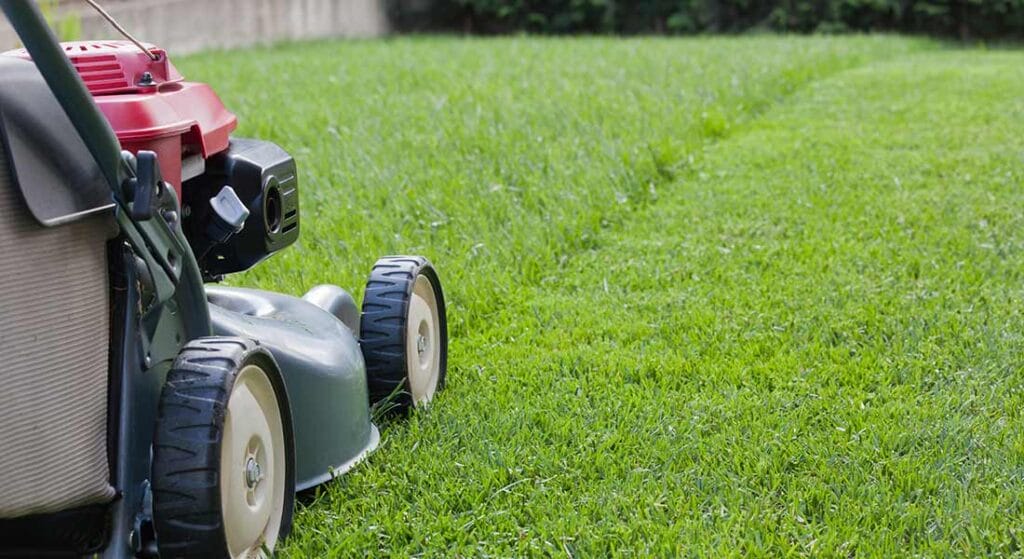
Choose the Right Grass Type
Not all grasses are created equal—especially under pressure. Selecting traffic-tolerant grass varieties is your first step toward a durable lawn. Consider the following:
✅ Best Grass Types for High-Traffic Areas:
Tall Fescue: Deep roots and a coarse texture make it ideal for durability.
Kentucky Bluegrass: Known for its ability to recover quickly from damage.
Perennial Ryegrass: Germinates quickly and stands up to wear.
Bermuda Grass (Warm Climates): Spreads aggressively and tolerates high activity.
👉 Pro Tip: For best results, use a blend of two or more of these types to maximize resilience and coverage.
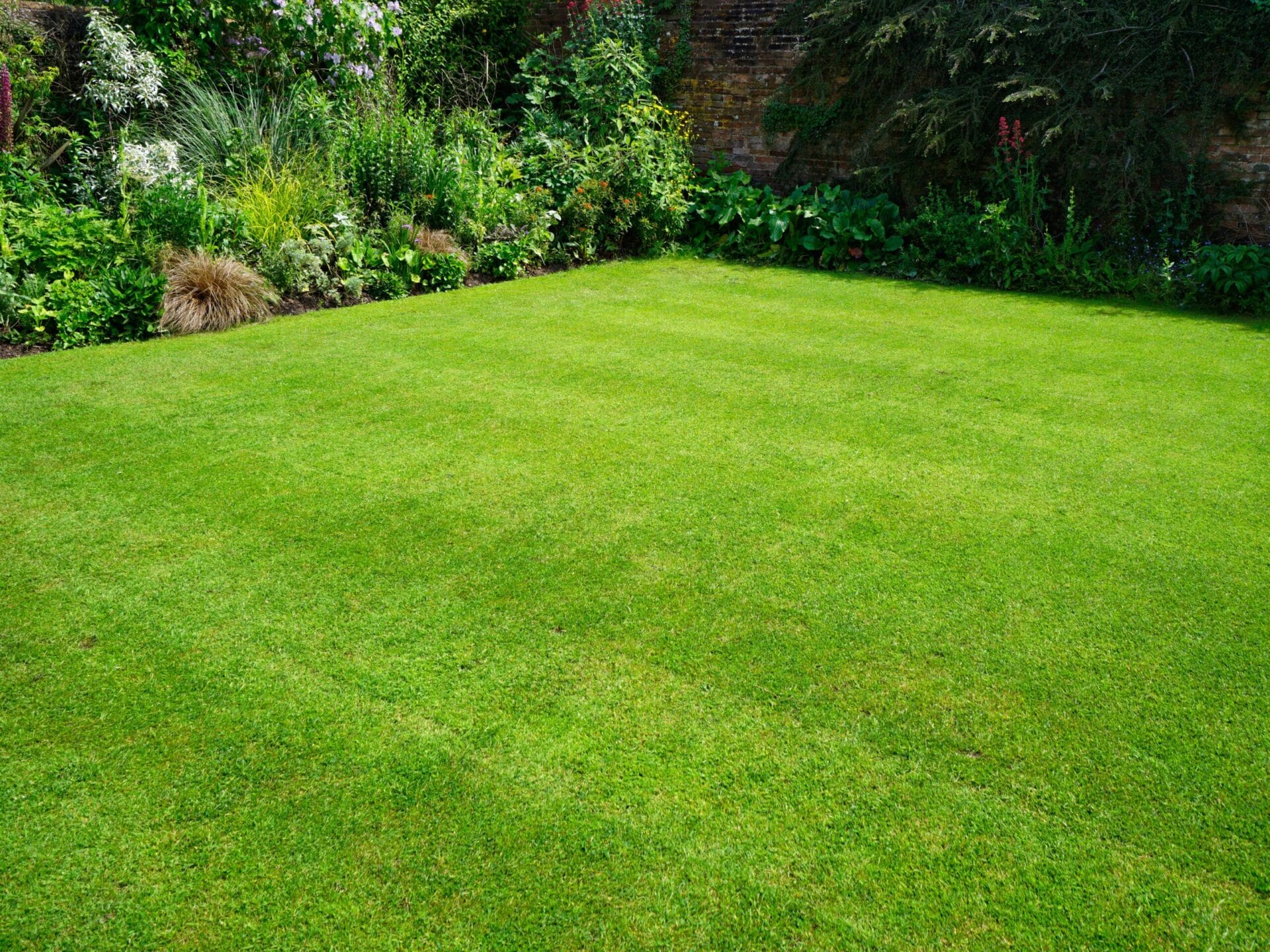
Improve Soil Conditions
Before planting or repairing grass in a high-traffic area, address the underlying soil issues.
Steps to Improve Soil:
Aeration: Core aeration breaks up compacted soil and allows oxygen, water, and nutrients to reach roots.
Topdressing: Add a thin layer of compost or sand to improve texture and drainage.
pH Balance: Test your soil and amend it to a neutral pH of 6.0–7.0 for optimal growth.
Soil preparation lays the foundation for strong root development, which is critical for withstanding wear and tear.
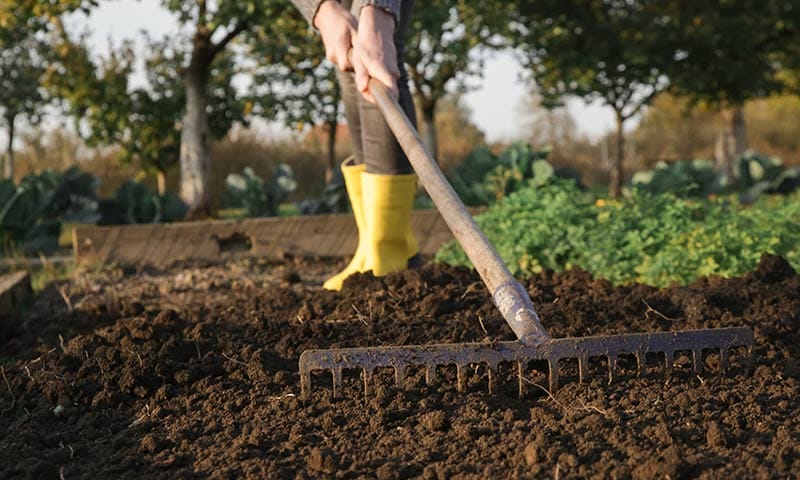
Planting & Repairing Grass
Whether you’re starting from scratch or filling in bare patches, planting with care is essential.
Steps for Successful Seeding:
Loosen the soil with a rake after aeration.
Spread high-quality seed chosen for durability.
Apply starter fertilizer to promote early root growth.
Water lightly but frequently until seeds germinate (keep the topsoil consistently moist).
For an instant fix, you can also use sod in high-traffic patches, which offers immediate coverage and quicker usability.
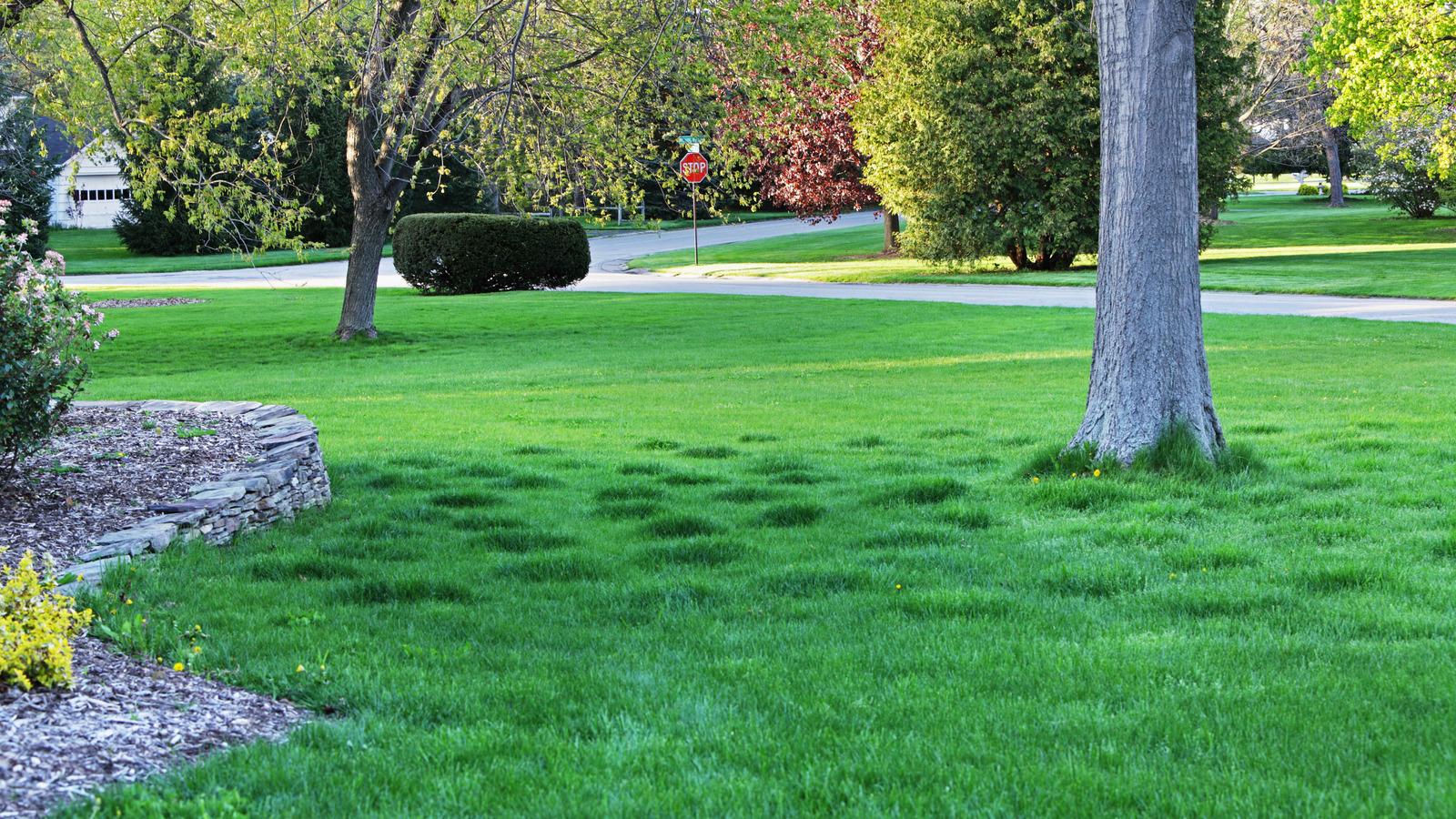
Minimize Traffic During Recovery
After seeding or sodding, give your lawn time to establish roots.
Avoid walking on newly seeded areas for at least 2–3 weeks.
Use temporary fencing or stepping stones to redirect traffic.
Limit pet access to recovering areas.
Letting grass mature before it’s trampled again is key to long-term success.
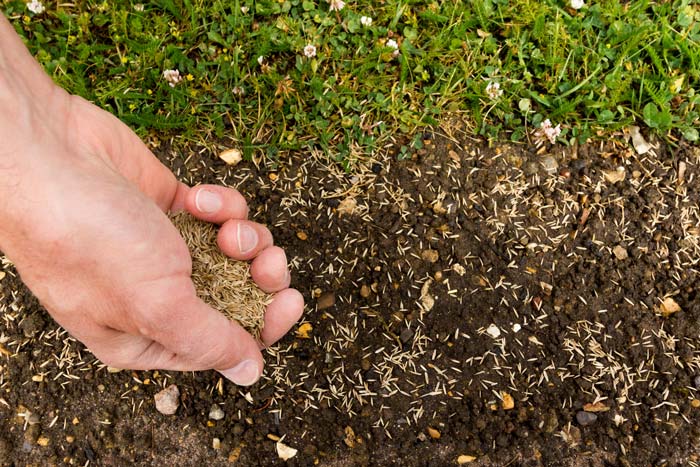
Use Lawn Reinforcement Products
There are products that can help boost grass durability, especially in high-traffic spots:
Lawn Patch Kits: These all-in-one products include seed, mulch, and fertilizer.
Grass Mats/Netting: Ideal for slopes or extreme wear zones.
Soil Conditioners: Improve structure and moisture retention in compacted soils.
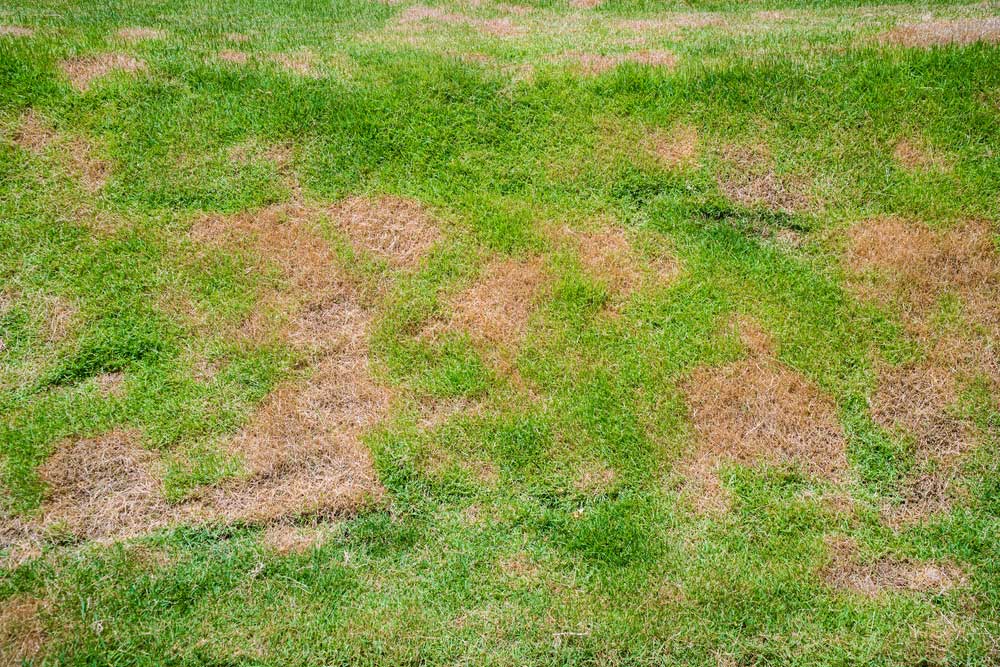
Maintain Your Lawn Year-Round
Consistent care is what turns a good lawn into a great one. Here are must-follow maintenance tips:
Mow High: Keep grass at 3–4 inches to encourage deep roots.
Water Deeply and Infrequently: Aim for 1 inch of water per week.
Fertilize Seasonally: Apply a nitrogen-rich fertilizer in spring and fall.
Overseed Annually: Helps thicken your turf and outcompete weeds.
Re-Aerate Yearly: Prevents compaction from returning.
Final Thoughts: Yes, You Can Grow Grass in High-Traffic Areas
While growing lush, thick grass in high-traffic areas may seem daunting, it’s completely achievable with the right approach. Focus on choosing tough grass types, prepping the soil, and caring for your lawn consistently. Add some temporary protections during the growing phase, and you’ll soon enjoy a resilient lawn that looks great all year round—even under heavy use.
